Functions: It is used for the storage, supply and recovery of hydraulic media, the connection between hydraulic components and the transmission of energy carrying hydraulic media, filtering impurities in the hydraulic media, keeping the media required for the normal operation of the system clean, heating or cooling the system, storing and releasing hydraulic energy or absorbing hydraulic pulsation and impact, and displaying the pressure and oil temperature of the system; Hydraulic working medium: various hydraulic oils (fluids), efficacy: as the energy carrying medium of the system, it plays the role of lubrication and cooling while transferring energy. Generally speaking, the hydraulic components that can complete certain specific functions are called hydraulic circuits. In order to meet the working requirements of certain machinery or equipment, the overall structure of several special basic functional circuits connected or combined together is called hydraulic system.
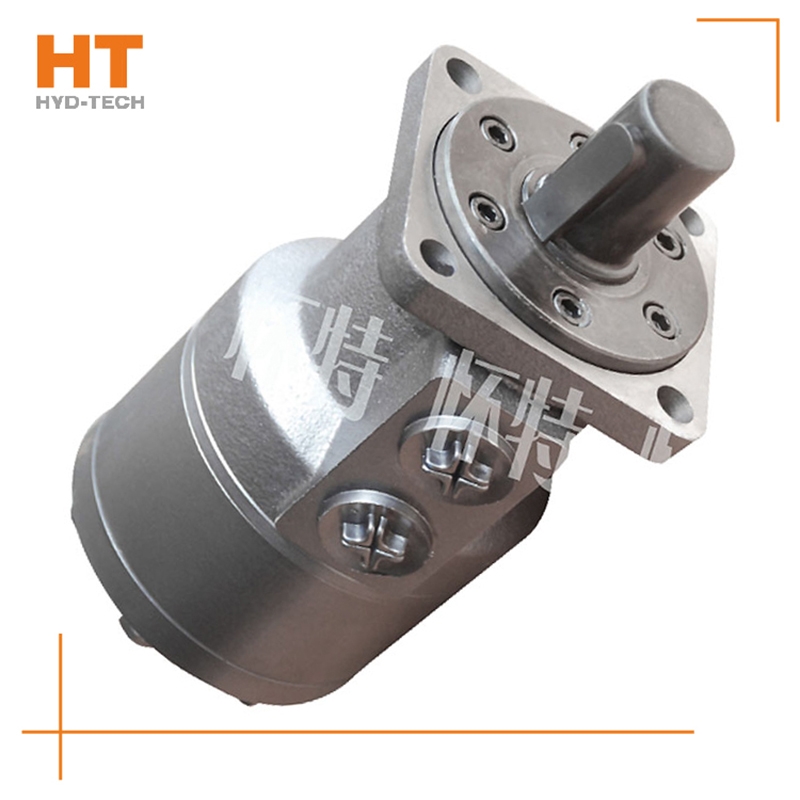
1. The hydraulic system is characterized by high energy density. For motors with the same power, hydraulic motors are much smaller and lighter than motors. And it is easy to apply to mobile devices. 2. The hydraulic motor has convenient speed regulation, which can be adjusted infinitely from 0 to the maximum speed according to the adjustment of the hydraulic valve. The motor itself does not need special design and has low cost. This is much cheaper than motor+reducer, or variable frequency motor and servo motor. 3. The hydraulic motor is totally enclosed and can be safely used in dusty, wet (even underwater) and flammable environments, which is much more reliable than explosion-proof (flameproof) motors. 4. The hydraulic system has strong anti overload capacity, and it is protected by the overflow valve, allowing long (relatively) frequent overloads. It is easy to recover under overload conditions, without damaging the equipment or restarting the equipment. These unparalleled advantages of motors have made hydraulic motors and hydraulic technology rapidly spread and popularized all over the world in the past 20 years. People increasingly feel the importance of hydraulic motors in practice.
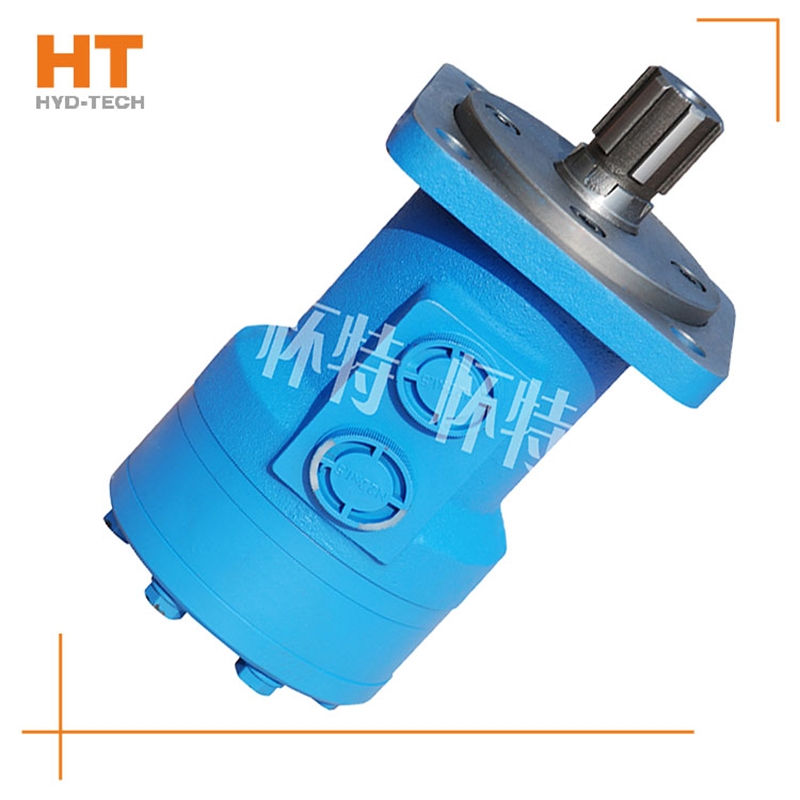
If the hydraulic system is compared to the human body, then the hydraulic oil is equal to human blood. In the hydraulic system, the hydraulic oil plays a role in energy transmission, system lubrication, and prevention Nanjing Cycloidal hydraulic motor of sanitation vehicle The functions of corrosion, rust prevention and cooling, and whether the hydraulic system can work effectively are closely related to the type and selection of hydraulic oil. Coding, composition and characteristics of hydraulic system: high purity general machine tool oil, refined mineral lubricating oil, with good rust resistance and oxidation resistance. High wear resistant hydraulic oil, refined mineral lubricating oil, rust proof, anti-oxidation, anti-wear. High temperature and high pressure hydraulic oil, with the characteristics of rust prevention, oxidation resistance, wear resistance, etc., is refined into mining lubricating oil, and added with viscosifier. Refined mining lubricating oil HG hydraulic guide oil, rust proof, anti-oxidation, anti-wear, anti stick slip. HS synthesis customized Cycloidal hydraulic motor of sanitation vehicle Hydrocarbon is a kind of low temperature hydraulic oil, which has the characteristics of anti-oxidation and anti-wear.
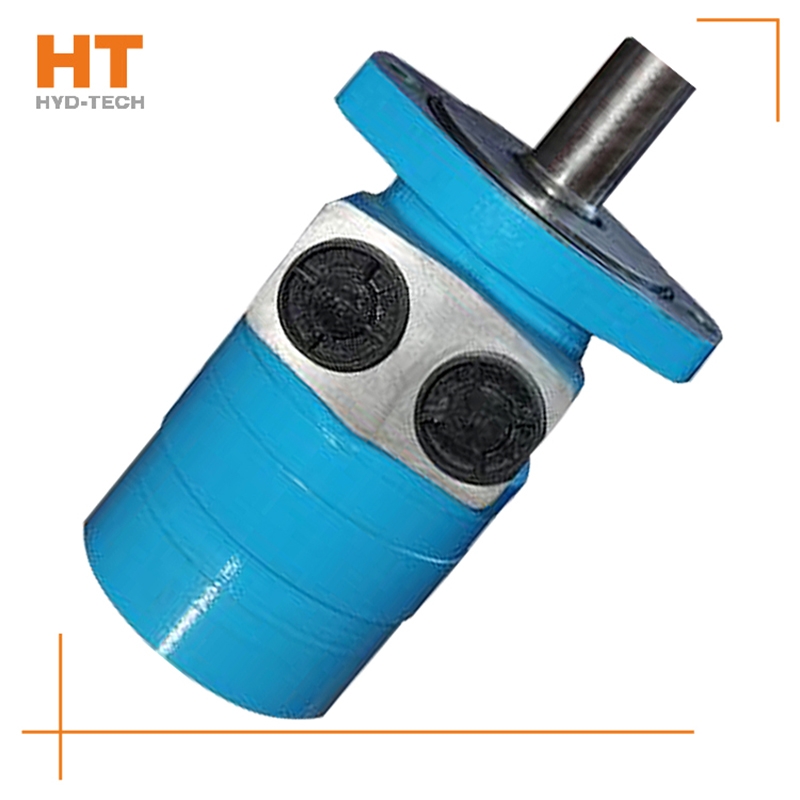
In the late 1850s, the original low-speed high torque hydraulic motor was developed from the fixed rotor part of the oil pump, which consists of an internal gear ring and matching teeth Nanjing Manufacturer Wheel or rotor. The inner gear ring is fixedly connected with the housing, and the oil entering from the oil port pushes the rotor to rotate around the center point. This slowly rotating rotor is driven and output by a spline shaft to become a cycloidal hydraulic motor. After the first cycloid motor came out, after decades of evolution, Jinjia hydraulic hydraulic motor delivers high efficiency energy for you. Another concept of motor also began to form. The motor installs the drum in the built-in ring gear. Motors with rollers can provide high starting Cycloidal hydraulic motor of sanitation vehicle Manufacturer With the running torque, the drum reduces friction and improves efficiency. The low speed output shaft can also produce stable output.
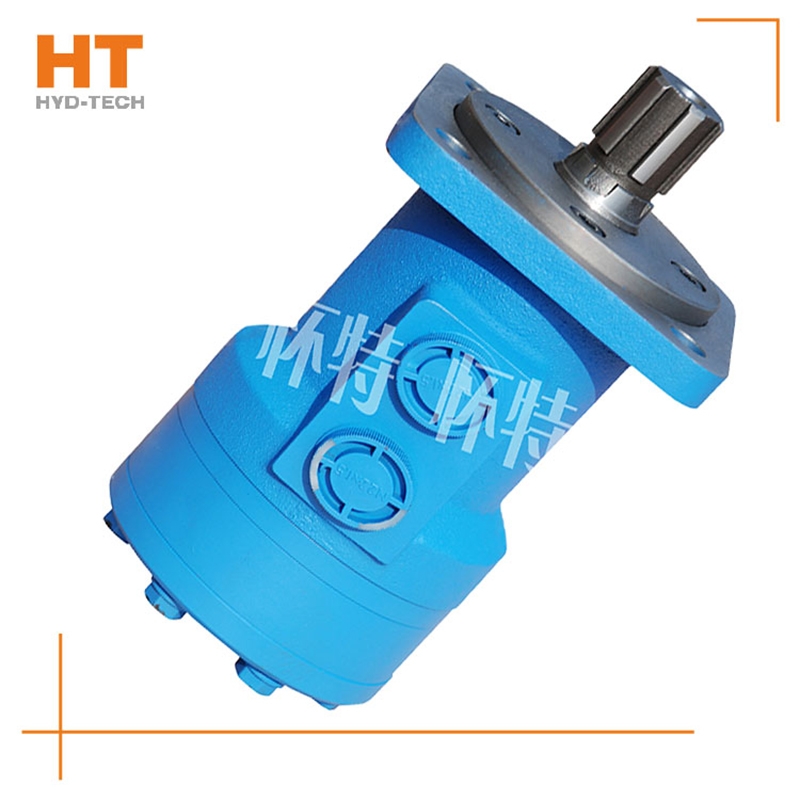
1. Pascal principle: also known as static pressure transmission principle, it refers to the pressure exerted on the static liquid in a closed container is transmitted to all points of the liquid at the same time with equal value. The hyperbolic cosine of 2. The hyperbolic cosine of 2. System pressure: the discharge pressure of the hydraulic pump in the system. The hyperbolic cosine of 3. The hyperbolic cosine of 3. Servo valve and proportional valve: infinitely adjust the output of hydraulic valve, such as pressure, flow and direction, by adjusting the input electrical signal analog quantity. (Servo valve also has pulse customized Cycloidal hydraulic motor of sanitation vehicle Wide modulation input mode). But the structure of these two valves is completely different. The servo valve controls the work of the torque motor by adjusting the electrical signal to deflect the armature and drive the front valve to work. The front valve control oil enters the main valve and drives the valve core to work. The proportional valve regulates the electrical signal to make the electric iron shift, drive the pilot valve core, drive the control oil generated, and drive the main valve core. The hyperbolic cosine of 4. The hyperbolic cosine of. Nanjing Cycloidal hydraulic motor of sanitation vehicle Kinematic viscosity: the ratio of dynamic viscosity μ to the liquid density α. The hyperbolic cosine of 5. The hyperbolic cosine of 5. Fluid power: the force exerted by the flowing liquid on the solid wall to change the flow velocity.
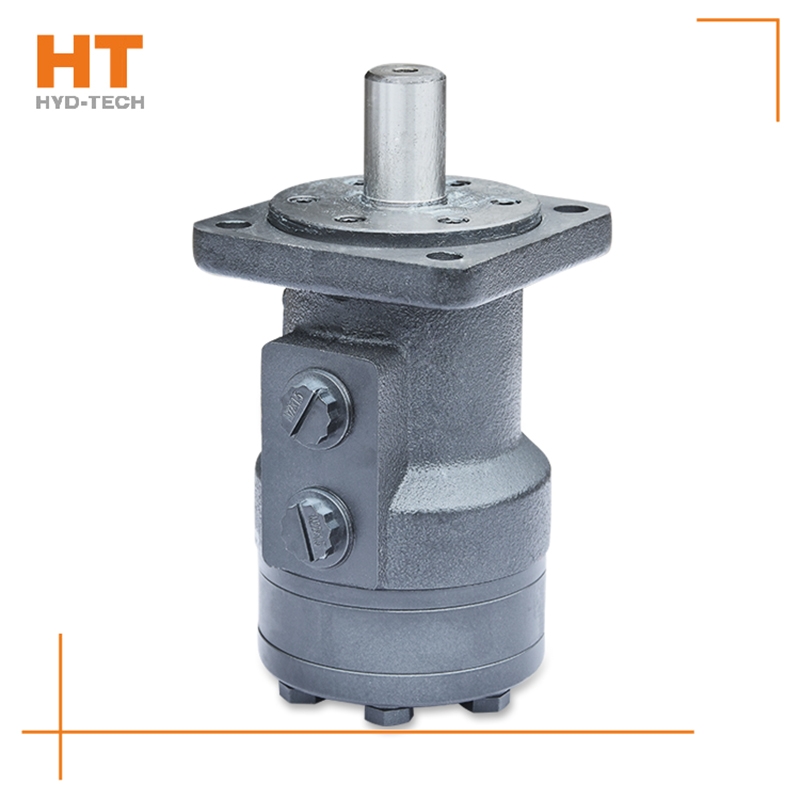
The valve control system controls the flow by changing the opening of the valve throttle, thus controlling the speed of the actuator. Usually, the reason for low efficiency is the existence of throttling and overflow losses. Almost all mechanical equipment adopts valve control system. The pump control system can realize the stepless control of speed by changing the displacement of variable displacement pump, or control the flow through the combination of multiple constant displacement pumps to achieve the stepwise control of speed. The reason for high efficiency is that there is no throttling or overflow loss. It is widely used in high power hydraulic devices such as pressure processing machinery and plastic machinery. The actuator control system controls the flow by changing the variable hydraulic motor flow of the actuator, or through the joint work of multiple quantitative hydraulic motors, or by changing the action area of the composite hydraulic cylinder. Similar to the pump control system, this system has high efficiency because it has no throttling and overflow losses. It is suitable for traveling machinery, press and other hydraulic equipment.
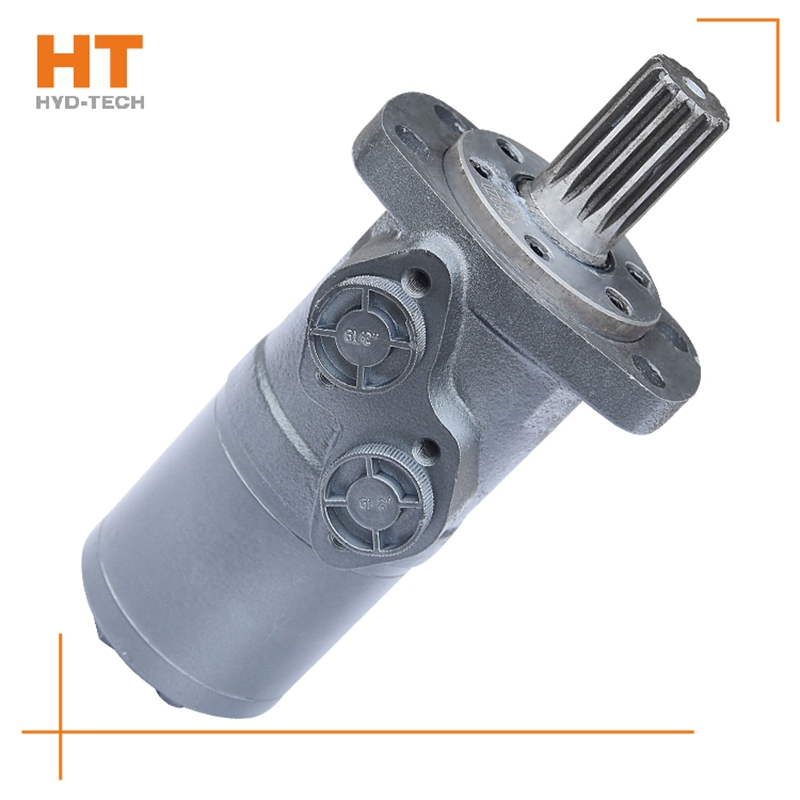





![]()

